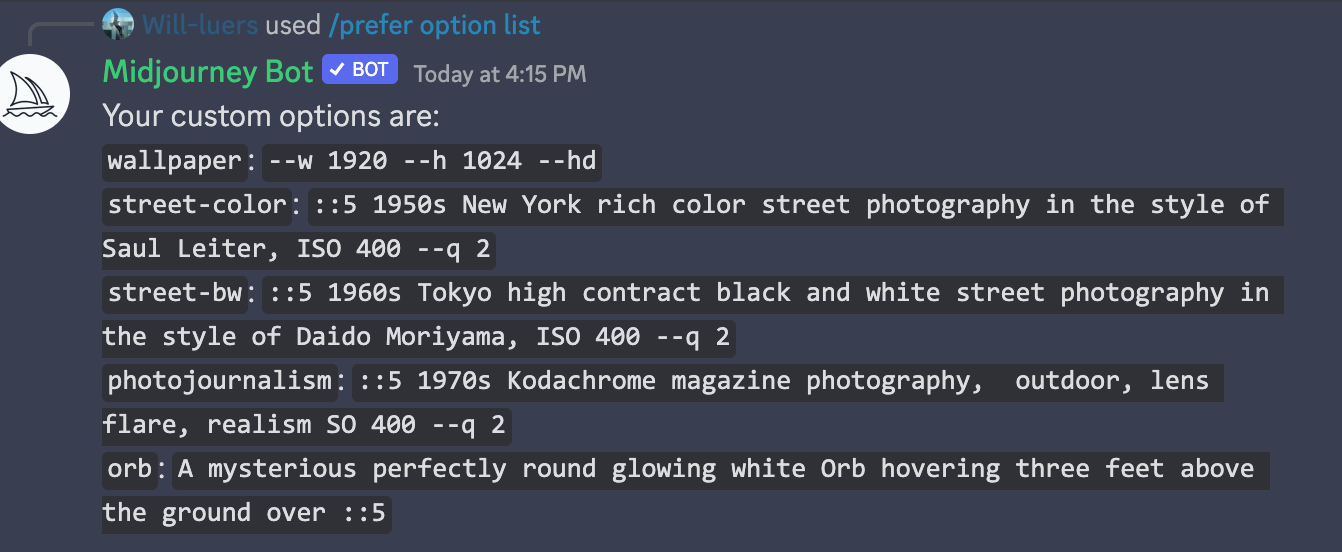To Do This Week
DUE 5 story summaries (5%)
Submit as a blog post
Read: Understanding Comics, by Scott McCloud – pgs 2-117
Blog Prompt:
Digital storytelling may involve images in sequence (comics, slides, video), arranged spatially in an interface and/or integrated with other media such as text and audio. After reading about “sequential arts”, “gutters” and “time frames” in the chapters of Understanding Comics, how might you approach the next visual narrative assignment? What do McCloud’s ideas generate for you in your own digital storytelling? Try to think outside the box.
Notes
ChatGPT World Builder Prompt: https://gist.github.com/kettle11/33413b02b028b7ddd35c63c0894caedc
McCloud Review:
- icons, realism < —> abstraction Rhasmagian
- picture plane -> language -> reality triangle pg 51
- blood in the gutter (panel-to-panel relationships) pg. 70
- closure – what to leave out (the gaps in storytelling)
- time frames- using the frames to express time, multi-linearity pgs101-105
- expressing motion
- expressive lines
overview picturing time:
- scroll/timeline
- nonlinear (distributed and asynchronous)
- sequential (chronological frames)
- spatial montage (simultaneous frames)
- cinema (duration, temporal frames)
examples of digital graphic novels:
3D Comics: Panoply
SPATIALLY CONTINUOUS NARRATIVE
Student Work:
- Appleseed, Brianna Savage
- The Betrayal – Bryn Kristi
Alisa Koller
AI Image Generation:
GAN: A generative adversarial network is a type of machine learning framework in which two neural networks compete with each other: a generator and a discriminator. The generator starts building a fake sample image, the discriminator checks to see if it passes the test of being real or fake.
- Dall-e / prompt guide
- Stable Diffusion – Photoshop Plugin! ( https://christiancantrell.com/#ai-ml ) / Dream Studio
- Midjourney / https://docs.midjourney.com/
- Runway / Gen1 (video and animation)
Prompts 101:
- Style (name artists, genre or describe style) – “In the style of…
- Describe lighting
- Describe mood and emotions
- Describe camera angle and position (birds-eye view, etc)
- Describe film types and stocks
- Output resolution keywords: 8K , 4K , photorealistic , ultra photoreal , ultra detailed, intricate details etc
- Use other images as prompts
- Describe order and hierarchy of details
Midjourney Basics (you need Dischord)
- getting started: https://docs.midjourney.com/docs/quick-start
- read this https://docs.midjourney.com/docs/multi-prompts
- /imagine then describe what you want
- /blend then upload two images to combine
- /settings
- /prefer option set
- /prefer option list
- /help get help
- /ask ask a question
- Partner with a classmate for a mutual interview. Think of a short anecdote you would like to tell each other about a real experience that you or someone you know experienced – it can be weird, funny, moving or scary.
- Tell each other the stories. Take notes/sketches of each other’s stories as you listen to them.
- Work separately to translate your interview partner’s story into a visual narrative with minimal text. The visuals (at least five images) can be searched photos on the web, created yourself or generated with an AI tool.
- Arrange images and text into a visual story for a blog post. This can be a sequence of images with captions or the text can be placed on the images.
- Look at some of the stories in class and discuss the relationship of text and image to convey a narrative. Can you understand the visual narrative without the text?
Visual Narrative Assignment 10%
DUE March 7
- single frame composition
- scroll navigation
- nonlinear navigation
- panel-to-panel relationships
- cinematic sequence
- spatial (simultaneous) montage
Use Photoshop or Illustrator, your pencil, phone camera, AI image-generation, public domain image downloads. If you are drawing your images, please bring them into Photoshop or Illustrator to outline/color. Use Google Slides or create a webpage (with ChatGPT?) to present your image sequence.
Storyboarding: download and print storyboard paper



